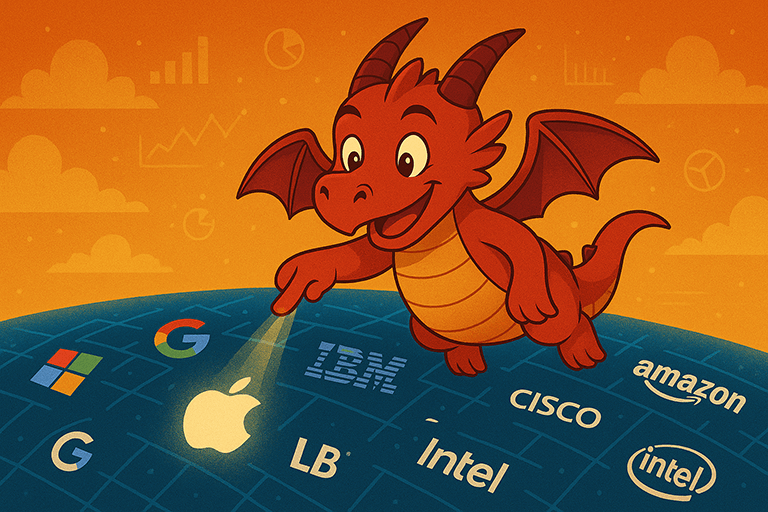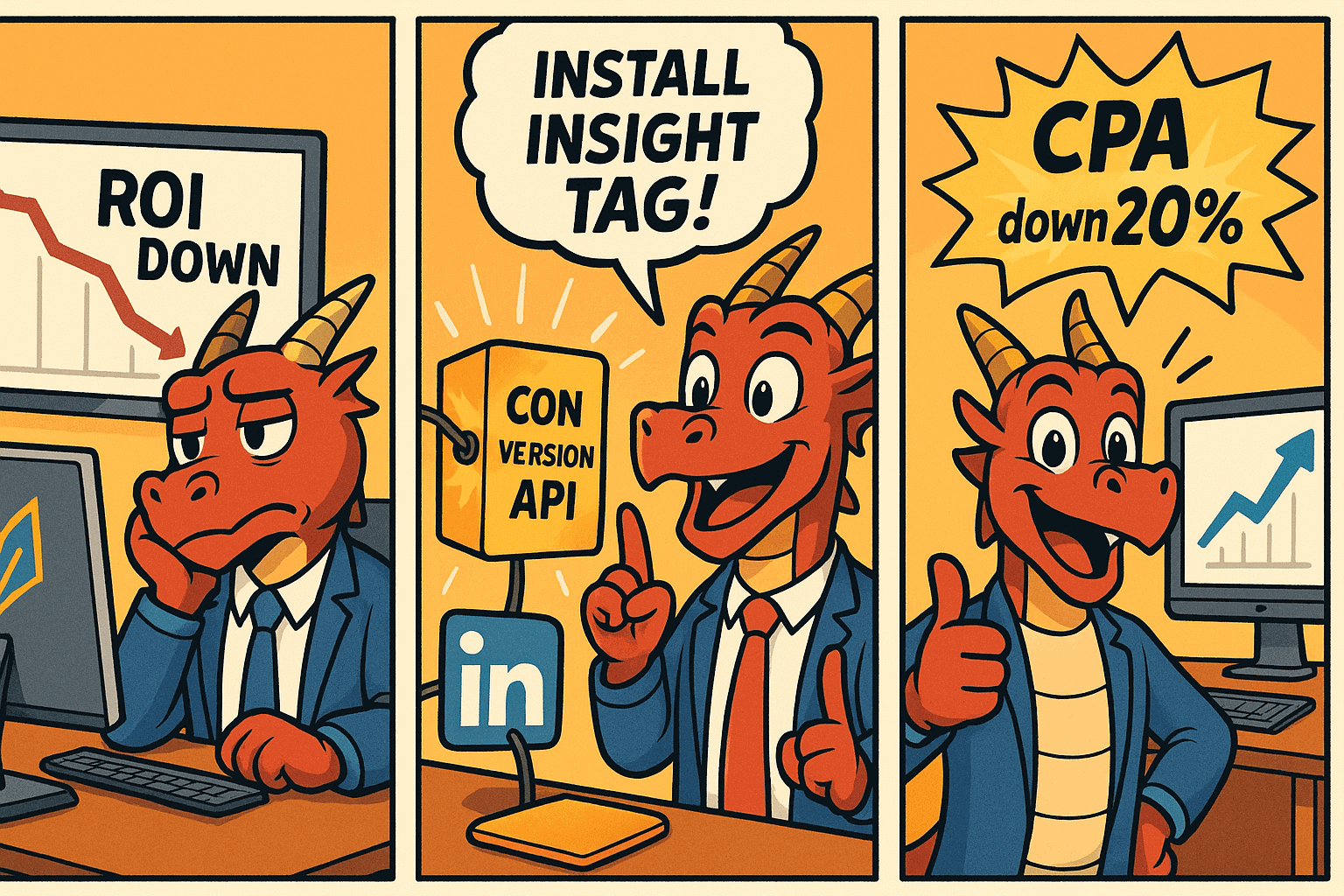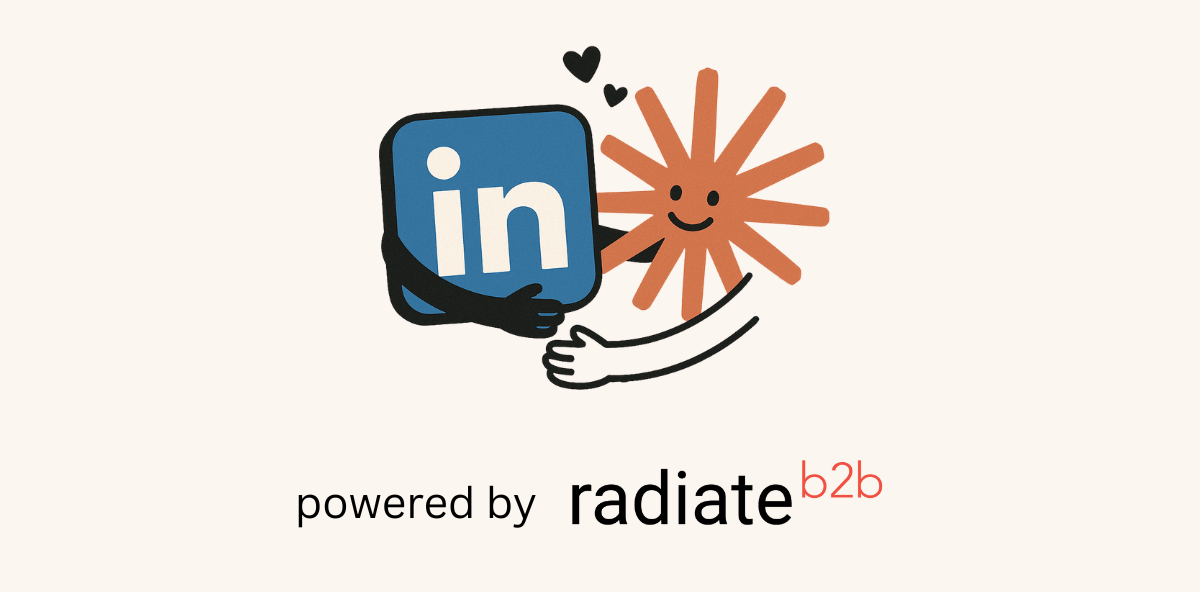LinkedIn is full of your target audience and setting up campaigns to target them can sometimes feel too easy.
What if you are leaving money on the table, though? It is too easy to skip over the conversions section, but it is incredibly important.
While clicks and impressions are useful metrics, they’re often not enough to prove the real impact on your business. The key to truly understanding your ROI lies in tracking LinkedIn ad conversions.
Sometimes it can be easy to do this.
For example, when the only traffic being delivered to a landing page is from your LinkedIn Ad, so any leads from that page are a conversion.
Sure – that helps reporting. But is it helping your LinkedIn campaigns perform better?
Here are three ways implementing LinkedIn conversion tracking can immediately optimise your ad spend and elevate your marketing effectiveness.
1. Improve Targeting to Reach High-Value Prospects
Conversion tracking allows you to see exactly which ads and targeting criteria are driving tangible results, such as leads, form submissions, or sales.
Using demographic reporting, instead of guessing what works, you’ll know precisely which audiences and messaging resonate best.
This insight means you can focus your budget on the most profitable segments, significantly enhancing the quality and value of your leads.
2. Reduce Wasted Ad Spend
Every marketer’s nightmare is budget waste. Without accurate conversion data, you could unknowingly spend thousands on clicks that never turn into meaningful engagements.
Implementing LinkedIn Conversion Tracking, especially through the LinkedIn Ads Conversion API, lets you identify underperforming ads quickly. You can reallocate spend away from ineffective campaigns toward ones demonstrating real revenue potential, ensuring every penny is well invested.
3. Enable Real-Time Optimisation with LinkedIn’s Conversion API
By feeding conversion data back into LinkedIn, targeting and spend improve, and drive even more conversions as LinkedIn seeks to optimise to the subset of your targeted audience that is most likely to convert.
The LinkedIn Ads Conversion API takes your tracking one step further by providing real-time insights into conversions directly tied to your CRM. This seamless integration allows you to automate and optimise campaigns continually.
According to Dreamdata’s 2025 LinkedIn Ads Benchmark Report, marketers using the Conversions API experienced a 20% reduction in Cost per Acquisition (CPA) and a 31% increase in attributed conversions. That’s a direct boost to your ROI. See more LinkedIn Ad stats here.
How to Implement Conversion Tracking on LinkedIn:
- Install LinkedIn Insight Tag on your website.
- Set up conversions within LinkedIn’s Campaign Manager by defining what counts as valuable actions for your business.
- Connect your CRM through LinkedIn Conversions API for enhanced accuracy and real-time data feedback.
By harnessing the power of LinkedIn conversion tracking, you’ll not only optimise your ad performance but also confidently demonstrate marketing’s value within your organisation.










